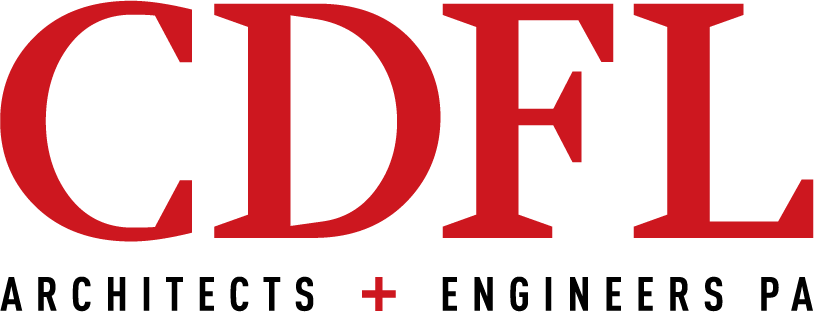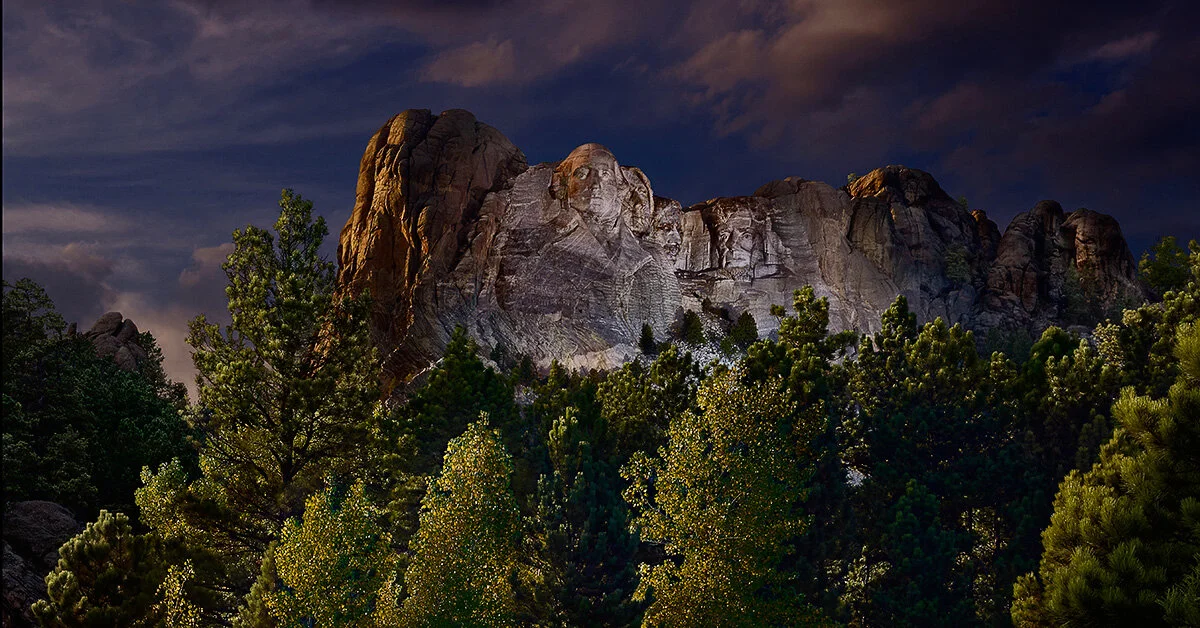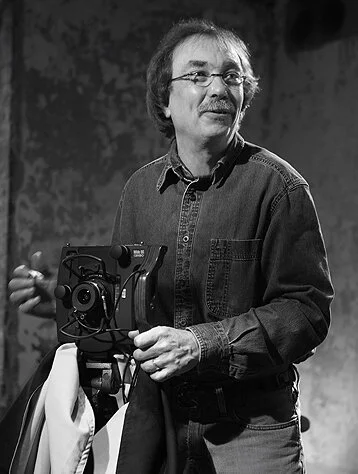Meet The Photographer: Jeffrey Jacobs
With the CDFL team nearly met (stay tuned for next week’s exciting conclusion!) we thought it might be fun to introduce you to the people who help make our work look good. Jeffrey Jacobs is one of our post-construction photographers that we use to ensure our work is documented in a way that is both beautiful and reflective of the architectural intent.
What makes a good picture stand out?
Two things: composition and light. Once the composition of an image is established, the impact of the entire scene hinges on the light – whether it’s captured or created. As important as composition is to an overall image, powerful light will capture a viewer’s attention and hold it much longer than a strongly composed image with weak lighting.
How important is it to you to connect with your subject?
It’s vitally important. For a photographer, connecting with the subject is paramount in the success of any image. When a photographer has a genuine connection with their subject, that passion typically makes them determined to go beyond the parameters of the assignment to create imagery that elevates their subject.
What is your favorite lens and why?
I have two camera systems, a DSLR and a medium format technical camera. I frequently use a 24 MM tilt/shift lens on my DSLR and a Schneider 35 MM on my technical camera. Both the 35 MM and 24 MM are very similar in angle of view, the focal length difference comes as a result of the sensor size and format. I typically prefer to select the viewpoint the client and I want, and then select the lens with the longest focal length possible to achieve that look.
Residential Colleges, University of Mississippi, Jeffrey Jacobs
Is there a gadget you own that you really haven’t used as much as you thought you would?
Not really. I do, however, have a few gadgets that I don’t use very often but when I do need them, there aren’t many other options for achieving the result I’m looking for. For example: I have a few 16’ light stands that when I need, I really need; sometimes nothing will do but a 16′ stand.
Sources of inspiration or what inspires you?
I’m always excited by the opportunity to photograph well-thought-out design projects. Architecture is one of the most historically significant subjects anyone can design build or interpret, and when I’m asked to photograph any project I take that reality to heart. I’m constantly inspired to create the most exciting visual experiences possible under any circumstances or conditions.
Mt. Rushmore, Jeffrey Jacobs
Whose work has influenced you the most?
The list is pretty long but one photographer that I’ve always admired and respected is O. Winston Link (December 16, 1914 – January 30, 2001) He is best known for his black-and-white photography and sound recordings of the last days of steam locomotive railroading on the Norfolk & Western in the United States in the late 1950s. A commercial photographer and pioneered night photography, producing several well known examples including Hotshot Eastbound, a photograph of a steam train passing a drive-in movie theater, and Hawksbill Creek Swimming Hole showing a train crossing a bridge above children bathing.
What is your favorite photo or piece of work, personal or of someone else?
That’s a tough question because I truly love all my images. To be honest, most photographers find it very difficult to be objective when selecting a favorite image because so many factors enter into the equation. To avoid making the mistake of not selecting my best work, I’ll share one of my favorite images by one of my favorite photographers: Hotshot Eastbound By O. Winston Link. Considering it was created in 1956 and the limitations of the time, it is quite a creative, technical, and historical photographic accomplishment. I’ve always found inspiration from that image.
Hotshot Eastbound, O. Winston Link
What advice do you have for people who want to get into photography but don’t have access to fancy equipment?
In my opinion, fancy equipment has never been a requirement for getting into photography. The fancy equipment should come after you’ve honed the necessary skills to use that equipment correctly. The best advice I can give is to look up the “Elements of Design” and study compositional techniques and try to apply them in some way in every image. The next step, the most important in my opinion, is to study light! Start by observing how the early morning or late afternoon sunlight moves across a room or the facade of a structure during the first or last hours of the day. Watch for the nuances in the light and imagine how light can be used to truly enhance any visual experience.
Do you always scout before shoot day?
Yes – scouting is one of the most important steps in the process. A thorough scout offers the photographer an opportunity to experience the project in person and to explore all the potential views. This process allows the client to select the scenes that best support the project, and provides the photographer an opportunity to plan the entire session in advance.
Alexander Field, Purdue University, Jeffrey Jacobs
What is your go-to process in order to get a good picture?
I approach each project individually, starting with understanding the needs of the client, moving through scouting the location, and continuing through the extensive technical and creative program. It’s an extensive and intensive experience, but the end result is worth the effort.
If you weren’t a photographer, what would you want to do?
I can hardly imagine not being an architectural photographer. I think I was actually born to do what I do because it comes so naturally (it’s worth noting that naturally does not mean effortlessly). That said, if I had to pick something, I would say an architectural lighting designer.
Jeffrey Jacobs






